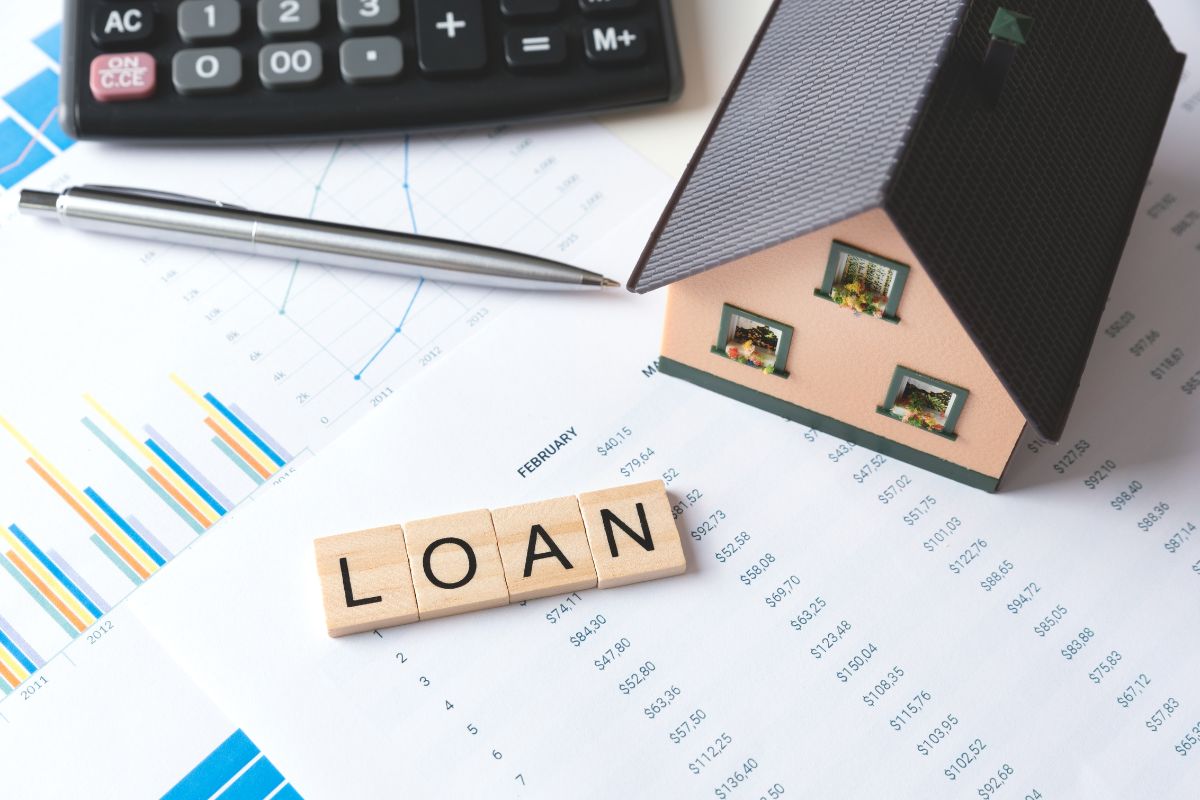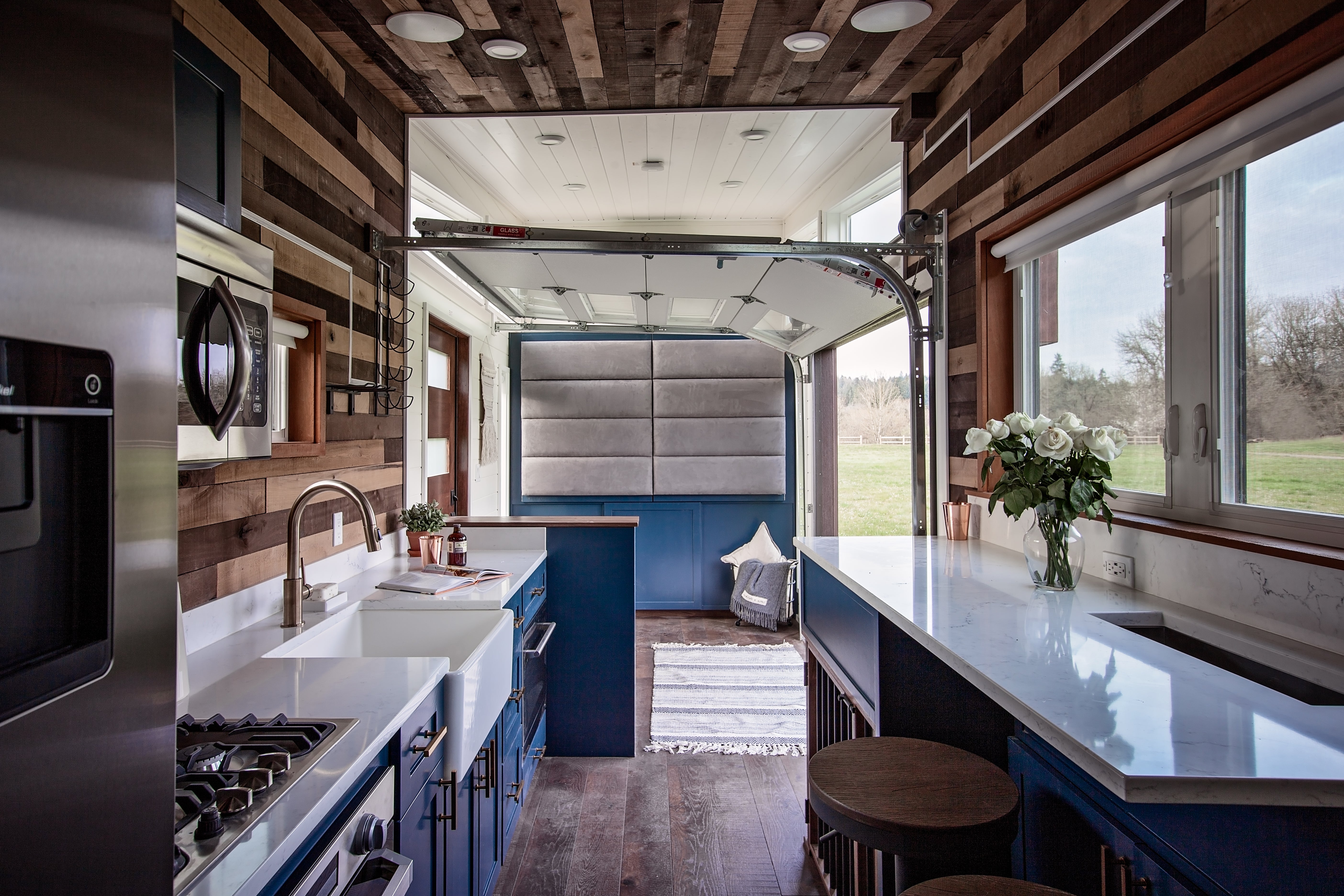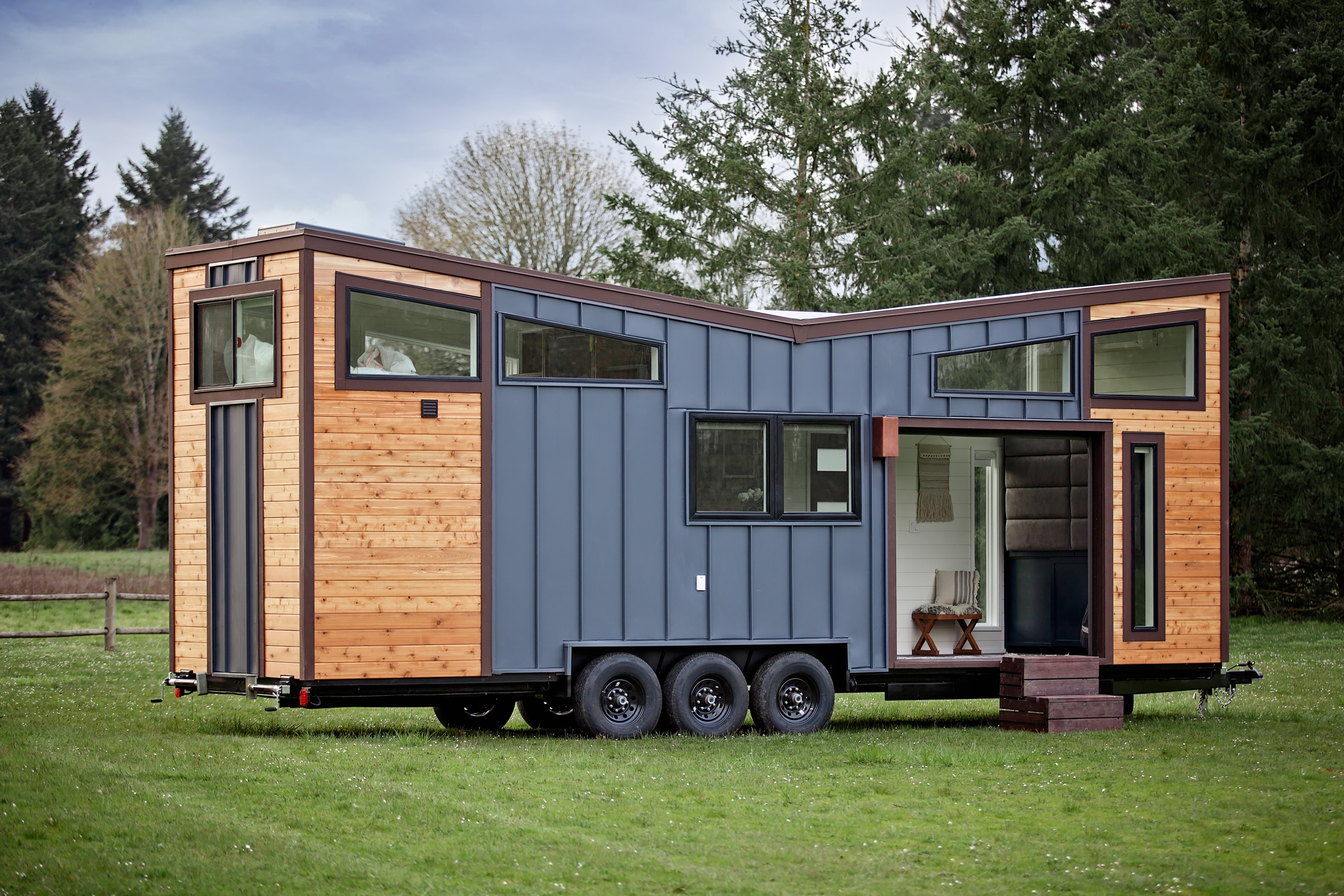Understanding Different Loan Types
When it comes to financing your tiny home, you have several loan options to choose from. One of the most popular choices is personal loans, which are typically unsecured and offer flexibility in terms of usage and repayment. However, it’s important to compare interest rates and terms from different lenders to find the best deal, primarily because the interest rate will determine your monthly repayments as well as the total amount you'll end up paying. An alternative option is RV loans, especially if your tiny home is mobile. These loans often have longer repayment periods and lower interest rates compared to personal loans. Additionally, considering direct lender payday loans while also evaluating different financial products could be beneficial for short-term funding needs.
Whether it's a cottage design or a cabin space, another viable option is a construction loan, which can provide you with funds specifically earmarked for building your tiny home. These loans usually require a detailed building plan and schedule but can offer lower interest rates and more favorable terms if you qualify. Home equity loans or lines of credit (HELOC) are also worth considering if you already own a property. These options allow you to borrow against the equity in your existing home, often at lower interest rates than personal loans. However, it's crucial to remember that your property serves as collateral, so careful consideration is necessary before proceeding with this option. Some tiny home builders also offer in-house financing options, which can be convenient but should be compared against other loan types to ensure you're getting the best deal.

For those looking to finance a more expensive or custom-built tiny home, a mortgage might be a viable option. While traditional mortgages typically require the home to be on a permanent foundation and meet certain size requirements, some lenders are beginning to offer specialized tiny home mortgages. These mortgages often come with longer terms and potentially lower interest rates compared to personal loans, making them an attractive option for those planning to live in their tiny home long-term. However, it's important to note that qualifying for a mortgage on a tiny home may be more challenging and require additional documentation compared to traditional home loans.
Key Factors to Consider
Before deciding on a loan, it's crucial to assess various factors that will impact your finances both immediately and in the long term. Please also decide what you will be using the space for; some people actually use tiny homes as an office space, a truly ingenious idea, not least because you can work in peace and won't have to worry about renting premises that you may or may not be able to cover every month. A major consideration when making your choice is the interest rate, which can significantly affect your monthly payments and overall cost of the loan. Be sure to compare rates from multiple lenders to secure the best possible deal. The term length of the loan is another critical factor.
Longer terms may result in lower monthly payments but could increase the total amount paid over time due to accumulated interest. On the other hand, shorter terms might have higher monthly payments but save you money in the long run. You should also evaluate any additional fees associated with the loan, such as origination fees or prepayment penalties. Understanding these costs upfront will help you avoid unexpected expenses down the line. Another important factor to consider is the loan-to-value (LTV) ratio, especially if you're using a secured loan option. This ratio compares the amount of the loan to the value of the tiny home. A lower LTV ratio typically results in better loan terms and may increase your chances of approval.
Additionally, consider the flexibility of the loan terms. Some lenders may offer features like payment holidays or the ability to make overpayments without penalties, which can be beneficial if your financial situation changes over the course of the loan. When evaluating loan options, it's crucial to consider the potential for future changes in your lifestyle or financial situation. Some loans offer features like portability, allowing you to transfer the loan to a new property if you decide to move or upgrade your tiny home. Additionally, consider whether the loan terms allow for modifications or additions to your tiny home. As your needs change over time, you may want to expand or renovate your space, and having a loan that accommodates these potential changes can be beneficial. Look for loans that offer flexibility in terms of early repayment or refinancing options, as these can provide valuable financial maneuverability in the future.

Securing the Best Deal
Your credit score plays a significant role in determining your eligibility for different types of loans and the interest rates offered to you. A higher credit score can open doors to more favorable terms and lower rates. Therefore, it's advisable to check your credit report and address any discrepancies before applying for a loan. When shopping around for a loan, take advantage of pre-qualification processes that many lenders offer. This allows you to see potential rates and terms without impacting your credit score, giving you a clearer picture of what to expect. Additionally, consider consulting with a financial advisor who can provide personalized guidance based on your unique financial situation and goals. They can help you navigate through various options and select the best loan for your tiny home project.

Don’t underestimate the power of negotiation when seeking a loan for your tiny home project. If you have a strong credit history or a substantial down payment, you may be able to negotiate better terms with lenders. It's also worth exploring local credit unions, as they often offer competitive rates and more personalized service compared to larger banks. Some credit unions even have specific programs for tiny home financing. Remember, securing a co-signer with excellent credit can also potentially help you qualify for better loan terms, but be sure to understand the responsibilities this entails for both parties.
Additional Resources
It's beneficial to utilize online tools and resources when researching loans for your tiny home project. Many websites offer comparison tools that allow you to easily compare rates, terms, and fees from different lenders side by side. You may also find it helpful to read reviews and testimonials from other tiny homeowners who have gone through similar financing processes. Their experiences can provide valuable insights and tips that you might not find elsewhere. Finally, don’t forget about joining newsletters or forums dedicated to tiny home enthusiasts. These platforms often share updates on financial products and discounts that could be advantageous as you embark on your tiny home journey.
Consider exploring government-backed loan programs that might be applicable to your tiny home project. For instance, if your tiny home meets certain criteria, you might be eligible for FHA loans or VA loans if you're a veteran. These programs often offer more favorable terms than conventional loans. Additionally, some states have specific programs or incentives for eco-friendly or affordable housing projects, which could apply to your tiny home. Research local and state-level resources, as well as national tiny home associations, which often provide valuable information on financing options and legal considerations specific to tiny homes in different regions.






Share: